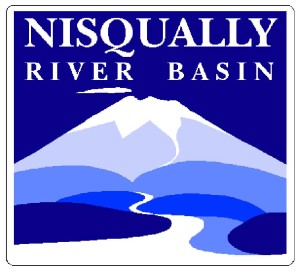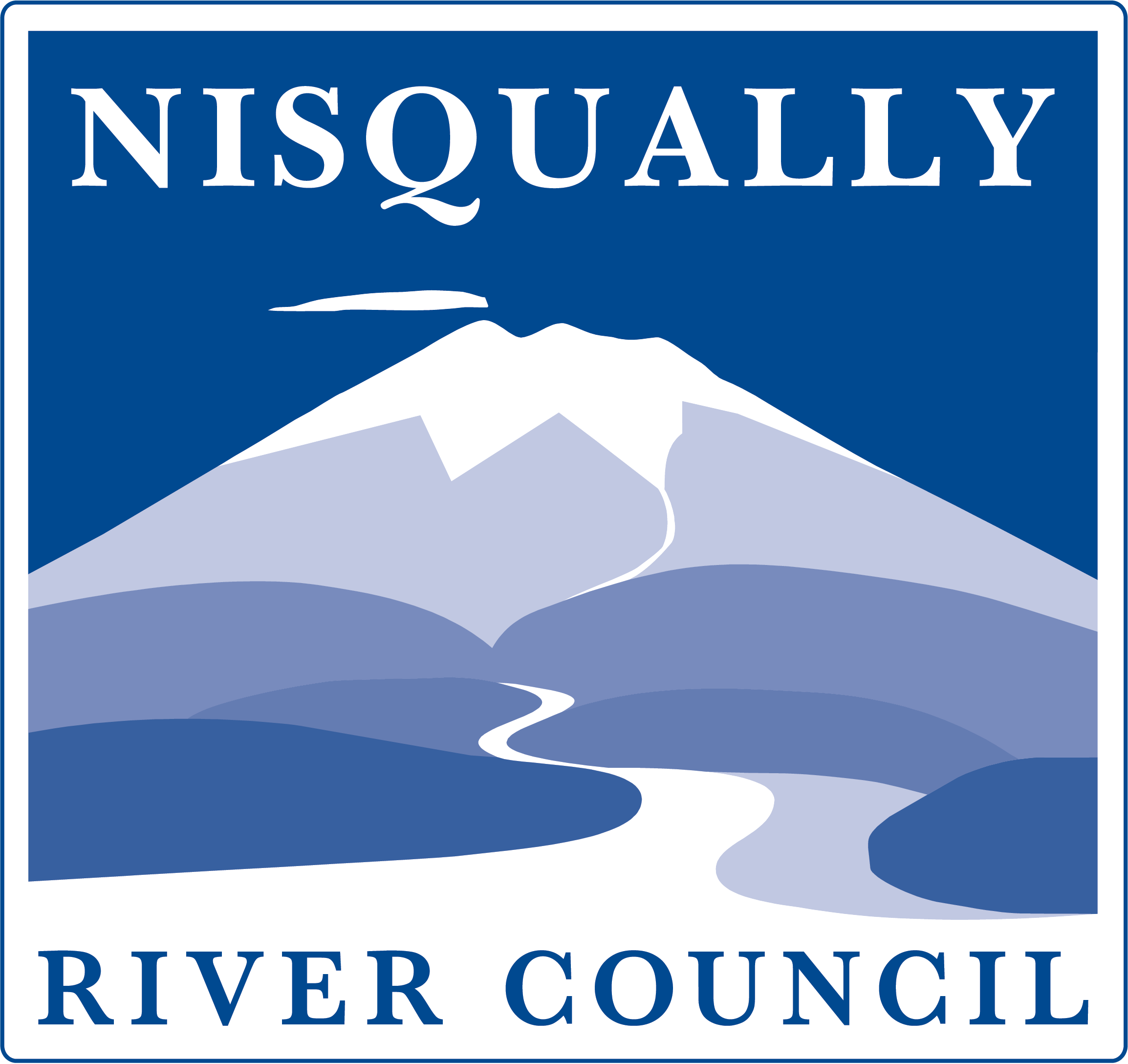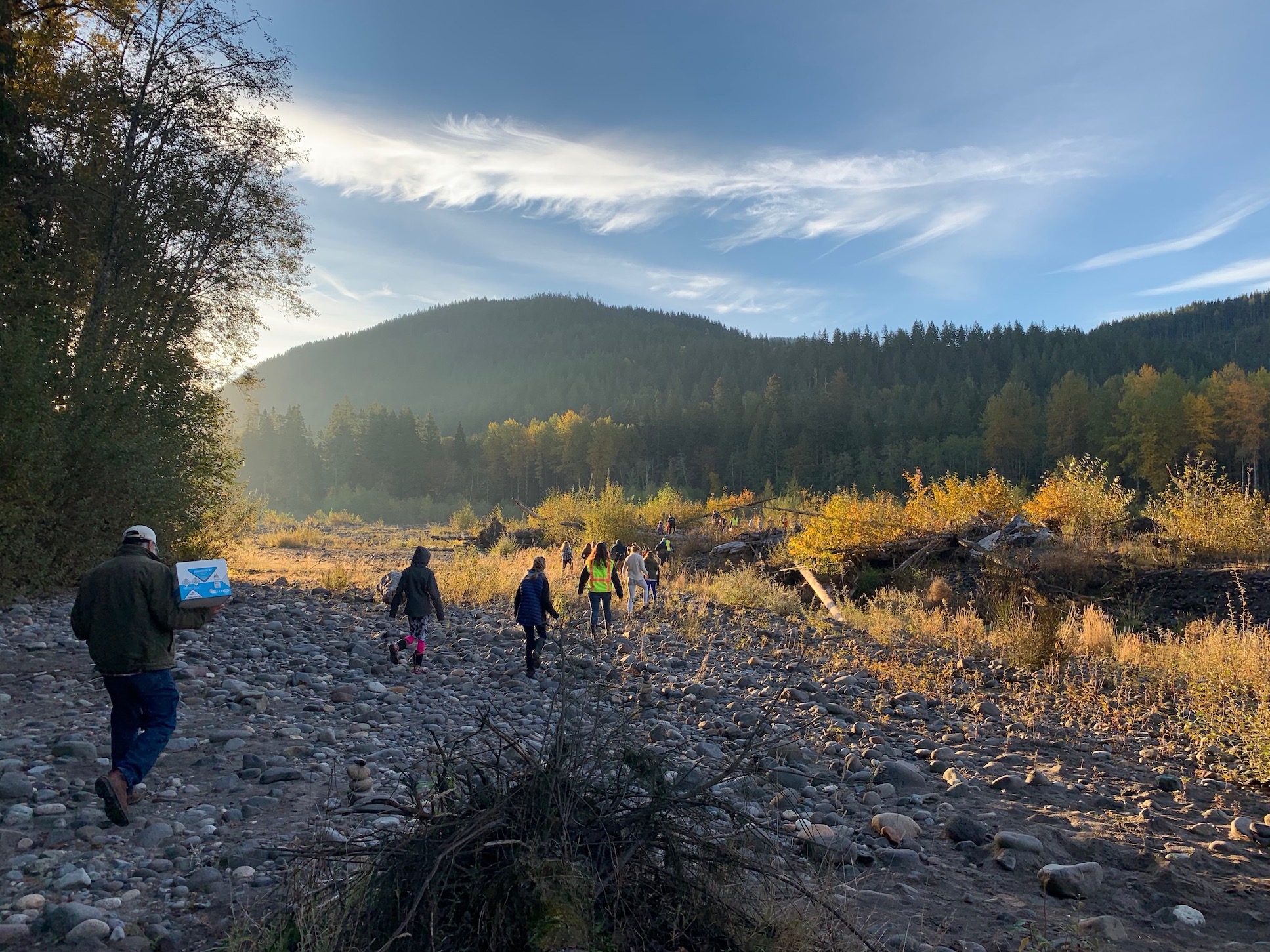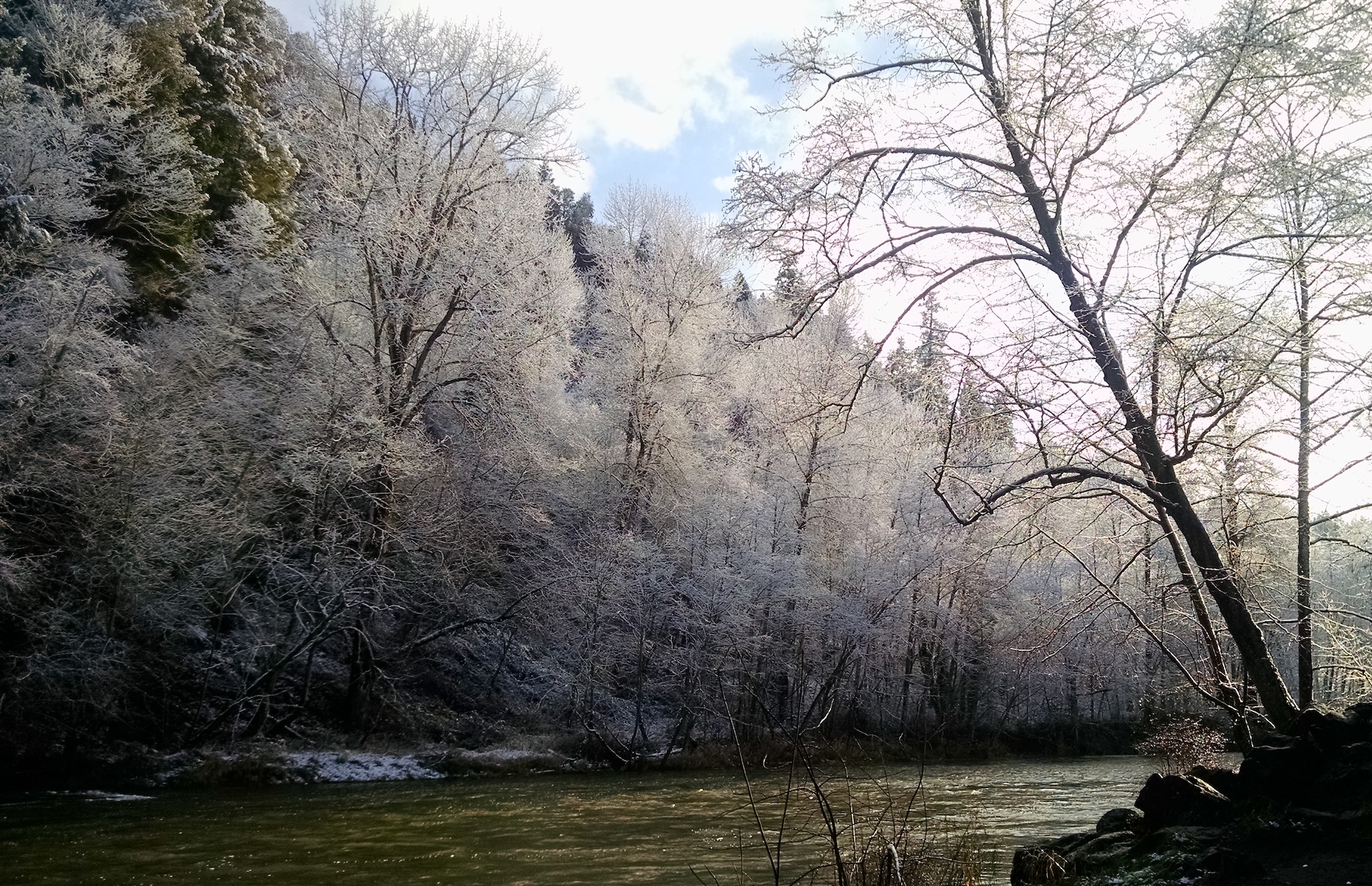The Nisqually River Council has been working to provide stewardship of the economic, cultural and natural resources of the river watershed since 1987. However it’s history goes back much further than that.
The Nisqually people have called this watershed home since time immemorial, and the first non-native settlement in Puget Sound, Fort Nisqually, was located in the area that is now Dupont. More modern concerns about the future of the Nisqually Watershed go back to the 1950’s when there was a plan to use an area along the Nisqually Delta as a garbage dump for the City of Seattle, there was also a plan at one point for an oil and gas port in the Nisqually, a sort of Cherry Point south, along with plans for a log export facility. Concerns over these potential developments along with a desire to see the area preserved in a more natural state led to the first plan for the Nisqually Watershed which was written in the 1970’s by the Daniel J Evans administration. Dick Slavin was put in charge of creating the plan and did an admiral job but the plan failed partly because it was written without a lot of consultation with the people that lived, worked, and played in the Nisqually Watershed. The one shining thing that did come out of that first plan that has been to the benefit of us all was the creation of the Nisqually National Wildlife Refuge on the Nisqually Delta.
 In 1985, State Representative Jennifer Belcher directed the Washington Department of Ecology to prepare an overall management plan for the Nisqually River. Rep. Belcher had participated in the original planning effort, working with Mr. Slavin as an aide to the Evans administration. Using lessons learned from that first effort, the second effort was led by the Nisqually River Task Force which was chaired by then Thurston County Commissioner Karen Frazer. The task force was made up of government agency staff, business representatives, and citizens of the watershed.
In 1985, State Representative Jennifer Belcher directed the Washington Department of Ecology to prepare an overall management plan for the Nisqually River. Rep. Belcher had participated in the original planning effort, working with Mr. Slavin as an aide to the Evans administration. Using lessons learned from that first effort, the second effort was led by the Nisqually River Task Force which was chaired by then Thurston County Commissioner Karen Frazer. The task force was made up of government agency staff, business representatives, and citizens of the watershed.
Initially there was strong concern in the community, especially those involved in agriculture, about what this plan would mean. Ideas had been floated that included creating a trail from Mount Rainier to Puget Sound and property owners were worried that their land might be at risk. Jim Wilcox of Wilcox Family Farms was the leader of this faction and would pack the meetings of the Task Force with folks to speak against the plan to the point that it became difficult for the Task Force to operate. Ms. Fraser took the difficult step of choosing to close the meetings to the public so that Task Force could move forward and then pushed the Task Force to make some initial decisions that helped reduce the community concerns. The first decision was that the plan would not have any legislative authority, all actions would be voluntary. Along with that, it was decided that eminent domain would not be used to implement the recommendations of the plan.
Jim Wilcox was a part of the Task Force and still had a lot of concerns about what the planning effort would mean for his family’s business. As a part of the Task Force’s work, several field trips were taken in the watershed. During one of those field trips, the old school bus being used for transportation got a flat tire leaving the task force stranded. While waiting for the tire to be changed, Jim got to talking with Billy Frank Jr, a member of the Nisqually Tribe and a leading figure in Native rights. While talking they shared their long term goals, Jim’s to see the family farm continue and to prosper to it’s 100th year and beyond, Billy’s to see harvestable runs of salmon returning year after year to the River for his people. Billy assured Jim that he wanted the Wilcoxes and the Weyerhausers and the other landowners of the watershed to be successful and to be a part of this great watershed and that the planning process was not an effort to drive them away. This was a turning point for Jim and from there on he became one of the greatest supporters of the Task Force. At the White House Conference for Cooperative Conservation in St. Louis in 2005, Jim stated that of all the things he had worked on in his life, he was most proud of being a part of the Nisqually River planning process.
Throughout the planning process, decisions were made on a majority basis, but usually the majority would talk with those opposed to a certain decision and then work to modify the proposal so that even if the minority didn’t support it, they were no longer opposed. This became a template for consensus based decisions which still hold in the Nisqually River Council.
After working for two years the Nisqually River Task Force delivered the Nisqually River Management Plan to the Washington State Legislature and in June 1987 the Legislature approved the plan. The plan called for the creation of the Nisqually River Council, modeled on the membership of the Nisqually River Task Force, to implement the plan. The Department of Ecology convened the Nisqually River Council in November of 1987 to start working and we have been meeting monthly since then to work on the issues of the Nisqually Watershed.
Next time: Accomplishments of the Nisqually River Council and the creation of the Nisqually Watershed Stewardship Plan.




